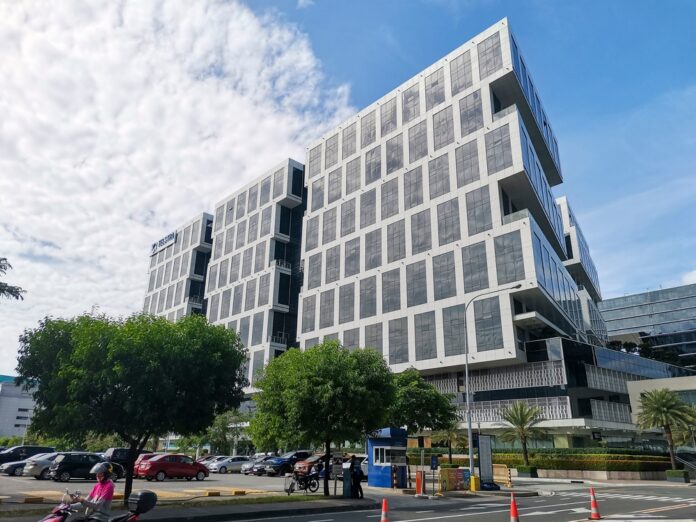The Philippine property market should see a faster recovery from the adverse impact of the COVID-19 pandemic starting 2024, with sustained economic growth and the implementation of sound macroeconomic policies fueling the sector’s growth, real estate services and investment management firm Colliers said in its latest forecast.
In its 2024 Property Outlook, Colliers expects vacancy in commercial and office spaces to rise next year as new supply comes to market, including 385,900 square meters of retail space, 50 hectares of new industrial space mainly for semiconductor and electric vehicles, 9,620 new condominium units mostly in the Manila Bay Area, and the opening of new hotels and convention centers in various tourist destinations.
Colliers also project a net take up of 300,000 square meters of office space next year, up from 220,000 square meters expected in 2023, with most demand coming from traditional and outsourcing firms. Total supply next year is projected to hit 538,000 square meters while vacancy will likely rise to 22 percent.
“The Philippine property is way past the black swan event that disrupted the market in 2020 and 2021, but we still see headwinds that continue to stifle the market’s expansion.”
Joey Roi Bondoc, research head at Colliers in Manila
“What’s positive is that tailwinds persist, including the Philippines being one of the fastest-growing economies in Asia; a consumption-led economic growth; and continued trickling in of investment pledges secured by the Marcos administration. Ramped up government spending, due mainly to the administration’s goal of pump-priming the economy and bolstering the country’s infrastructure backbone, should also benefit the property sector,” Bondoc added.
Colliers pointed out that the completion of crucial public projects conceptualized and started during the Duterte administration is likely to further raise the competitiveness of the Philippine property landscape.
In Metro Manila and nearby cities in central and southern Luzon, among the projects likely to raise land and property values include MRT-7, New Manila International Airport, Metro Manila subway, and the North-South commuter railway, it added.
“In our view, the completion of transportation projects in key cities in Visayas and Mindanao such as Iloilo, Cebu, Bacolod, Davao, and Cagayan de Oro should entice more developers to landbank and launch more projects in Visayas and Mindanao. New residential, office, retail, leisure, and industrial projects outside of Metro Manila should make the Philippine property landscape more interesting, diverse, and competitive,” Colliers said in its report.
One trend that Colliers has seen over the past few years has been the development of more masterplanned communities and resort-themed projects in northern and southern Luzon. Colliers attributes the attractiveness of these projects to the improvement of road networks from Metro Manila to property hubs in Luzon including Bulacan, Pampanga, Cavite, Laguna, and Batangas. These provinces no longer serve as mere suburban support to Metro Manila. In fact, developers have already carved out their own residential enclaves and business districts in key cities in northern and southern Luzon, it added.







